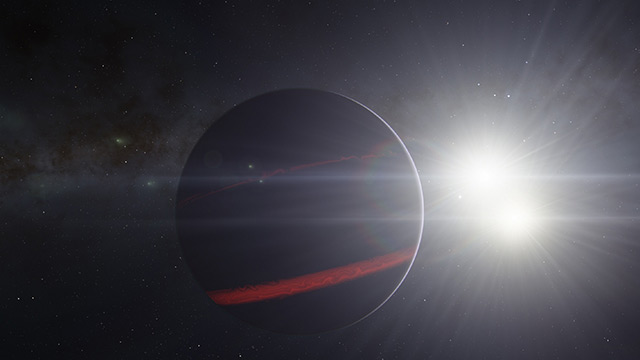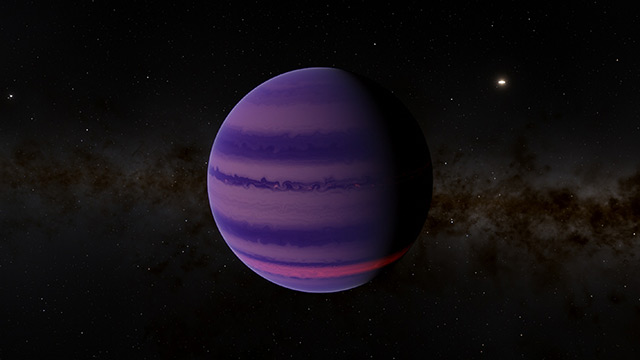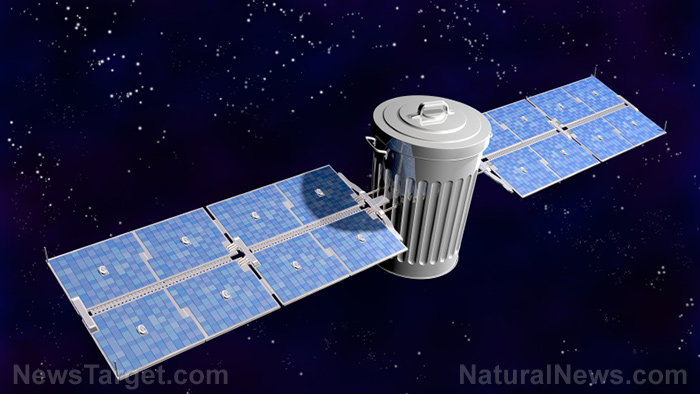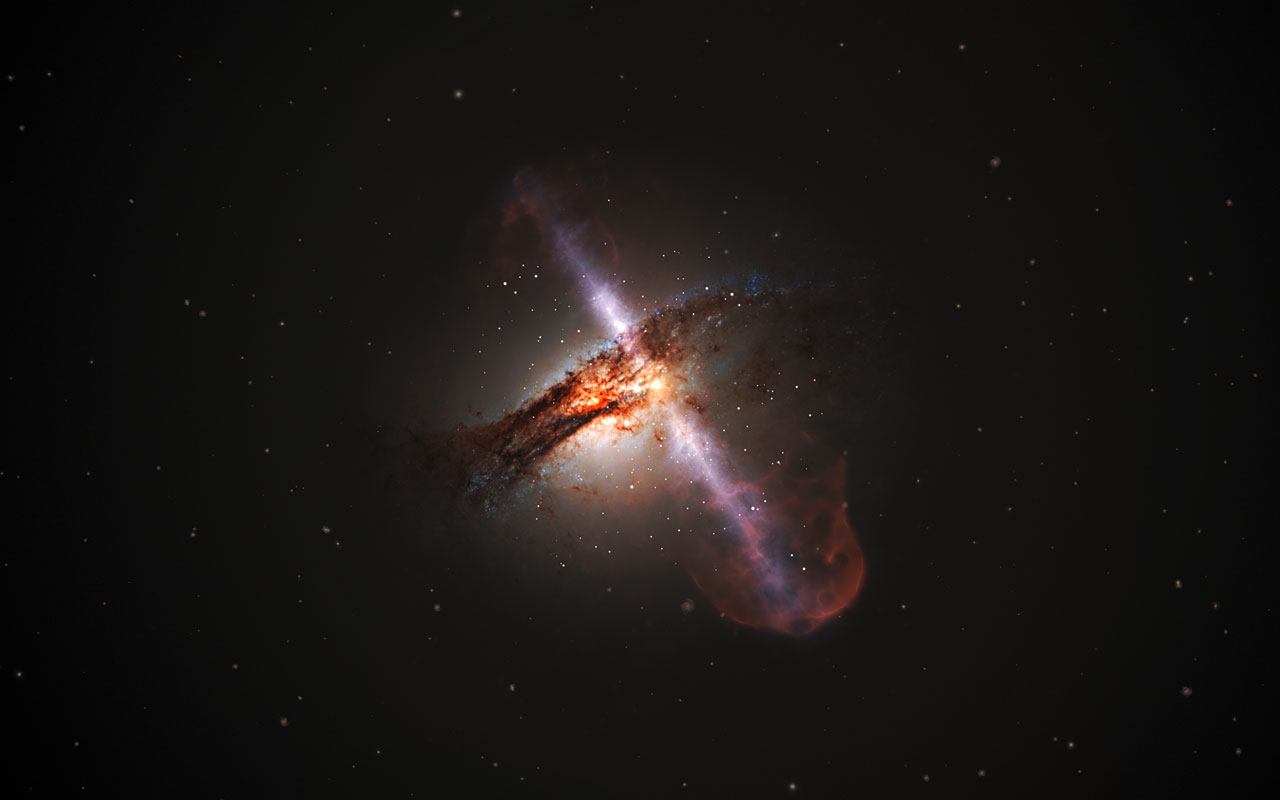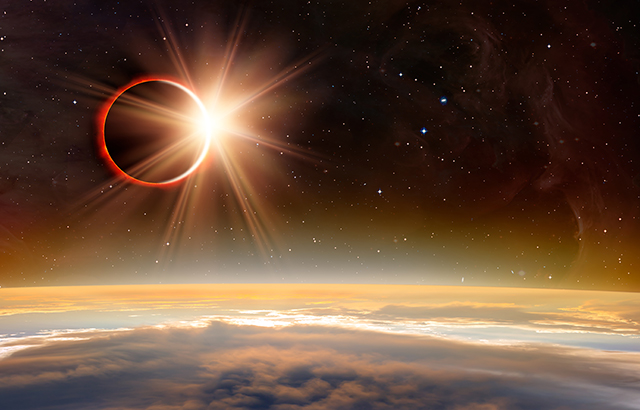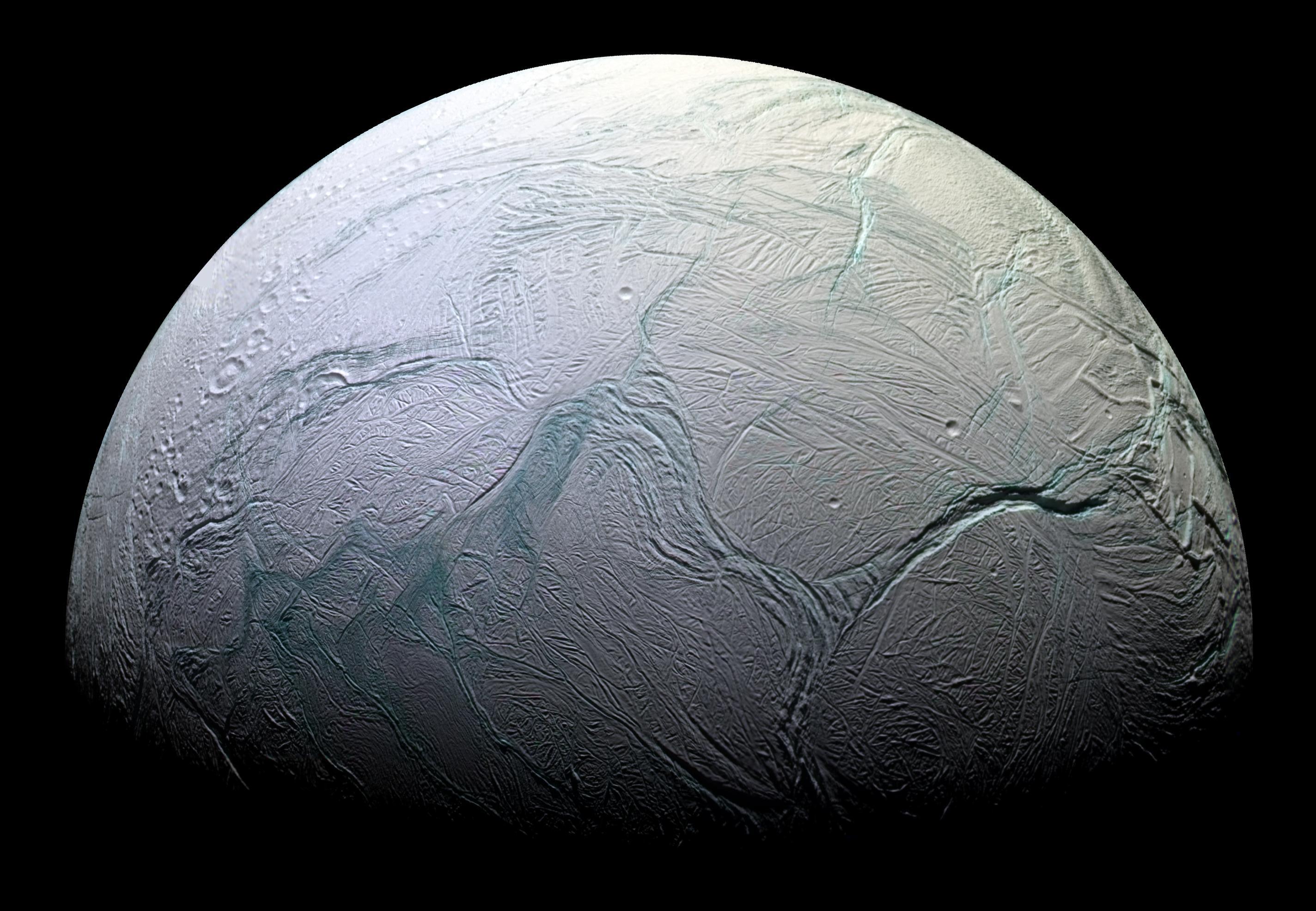NASA’s alien-hunting probe discovers 100 new planets orbiting stars outside our solar system
03/03/2018 / By Edsel Cook
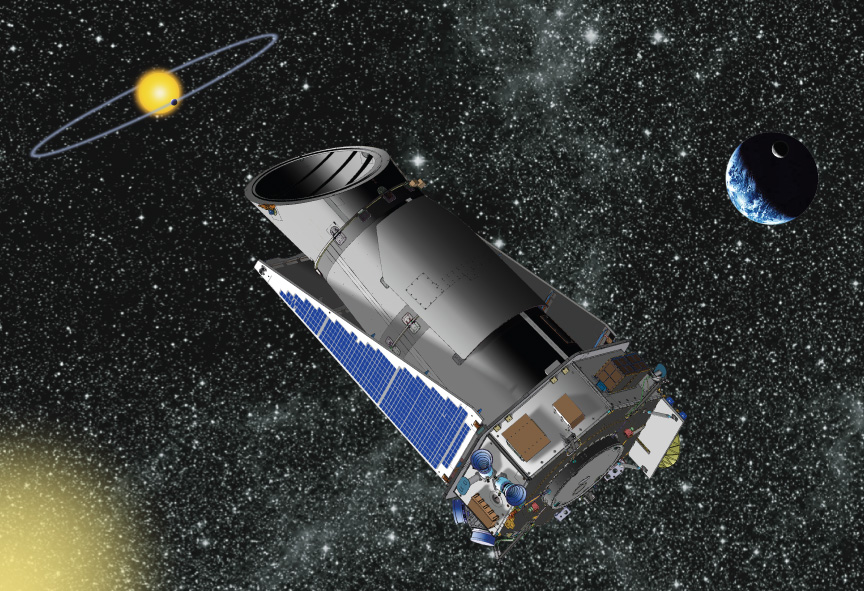
Hopes for the discovery of another Earth – and alien life – have taken off again after the National Aeronautics and Space Administration‘s (NASA) Kepler space telescope discovered nearly 100 new exoplanets, reported The Daily Mail. Data from the space observatory identified 275 possible candidates, which an international team of researchers narrowed down to 95 confirmed planets. Every single one of them is a potential Earth that might be hosting alien life.
Currently on its ninth year of operation, Kepler has identified thousands of potential exoplanets. It is currently embarked on the K2 mission, a search for habitable planet around red dwarf stars.
The research group connected with the mission was headed by Andrew Mayo, a member of the National Space Institute at the Technical University of Denmark. In an interview with Gizmodo, Dr. Mayo explained that his team’s discoveries will help astronomers learn more about individual exoplanets.
The telescope that keeps scoping
The Kepler space telescope was launched into solar orbit in 2009. Its mission was to seek out new exoplanets in a single stretch of starry sky.
Successive mechanical failures in 2012 and 2013 crippled the spacecraft. Kepler was re-purposed so that it could shift its field of view every now and then. (Related: Tiny rocket from recycled parts: Japan’s space agency successfully launches smallest rocket to ever carry a satellite into orbit.)
Kepler detects potential exoplanets by looking for minute drops in the amount of light emitted by a star. This decrease in light is attributed to the shadow cast by a planet as it crosses in front of its host. Once a dip has been detected, researchers will closely examine the data in order to verify if it was caused by an exoplanet.
Exoplanets are planets found outside the Sol system that are orbiting a star. The first such planet was found in 1995 around a Sun-like star. So far, astronomers have catalogued 3,600 exoplanets. Some are rocky balls the size of Earth while others are Jovian gas giants.
Dr. Mayo’s team studied hundreds of signals. According to him, some of the signals stemmed from multiple star systems or noise pollution by Kepler itself. “But we also detected planets that range from sub Earth-sized to the size of Jupiter and larger,” he added.
One such planet circled its host star every ten days. HD 212657 is recorded as the brightest star found by Kepler that has an exoplanet. “Planets around bright stars are important because astronomers can learn a lot about them from ground-based observatories,” explained Dr. Mayo. “As more planets are discovered, astronomers will develop a much better picture of the nature of exoplanets which in turn will allow us to place our own solar system into a galactic context.”
The last time Kepler’s results raised such a ruckus was back in December 2017, when the telescope spotted an eighth planet in the Kepler 90 star system. It was the first occasion that another star’s “family” matched the number of planets orbiting the sun.
Kepler 90 is 2,545 light-years away. Kepler 90i is its smallest planet, with an orbit of 14.4 days.
Sadly, Kepler 90i isn’t anything like Earth. It is 30 percent bigger, doesn’t have much in the way of air, and is scorching hot to boot.
Perhaps one of the new exoplanets will fulfill the dream of astronomers.
Google AI helps find planets
Kepler’s hunt for exoplanets is aided by Google’s artificial intelligence (AI) system. The AI hits the mark around 96 percent of the time.
According to Dr. Mayo’s team, the AI’s neural networks can learn from sifting through large amounts of data. It can differentiate among the patterns given off by an exoplanet and false positives from other cosmic patterns.
Google AI accounted for Kepler 90i’s discovery.
Join a wider effort to discover more about the cosmos by visiting Cosmic.news.
Sources include:
Tagged Under: alien life, artificial intelligence, astronomy, exoplanets, extreterrestrial planets, Google, NASA, planets, Space, space exploration, space telescope

